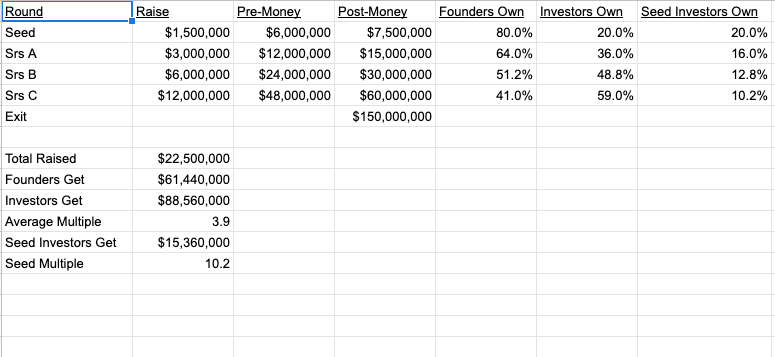Token Summit IV
Chris Burniske reminded me yesterday of something I said a while ago:
"The lesson I’ve learned in my career is to invest into the post crash cycle. When you do that, and do it intelligently, you are rewarded greatly" – @fredwilson 4 years ago (in the last #crypto bear market): https://t.co/Fwy1J8ydRr
— Chris Burniske (@cburniske) February 27, 2019
We are in the post crash cycle in crypto and that has made the sector interesting to me again. Prices are way down and there is a lot of great work being done on projects we are invested in and projects we want to invest in.
And no better place to soak up all of that progress than at Token Summit IV, run by our friends William Mougayar and Nick Tomainoon May 16th in NYC.
When William asked me if I thought they should do it this year, I said “hell yes” but also suggested that they dial it back in line with crypto prices. And that is what they have done.
They are capping the number of attendees at 550, about the same number they had at the inaugural Token Summit in May 2017. They are planning to do it at an intimate venue and keep the content and attendee list very tight.
The first 200 early bird tickets are available for purchase immediately at a price of $699. After 200, anyone can sign up but they will be “invite only” and they are selecting signups based on quality, experience and diversity of thought they bring.
This year’s Token Summit will focus on the following issues:
- Cryptonetworks and open source blockchain protocols versus startups: what are the differences and similarities?
- Open finance: what are the challenges to getting open, global financial products in the hands of millions of users?
- dApp development: can next-generation dApp platforms be a catalyst for greater adoption?
- Latest practices in extracting blockchain data for insight: what can we learn and why is this important now?
- Are we decentralized yet? Is there an optimal criteria for decentralization, and how do we get there?
- How do we quantify the value of blockchain protocols, and applications?
- What are the success factors in deploying decentralized protocols?
- Decentralized governance – what is working now versus what is experimental?
- Tokens evolution- what are the best cases with real innovation, real users and real benefits?
- The regulatory front: Is the US losing its position as the standard bearer? Is there a perfect jurisdiction?



